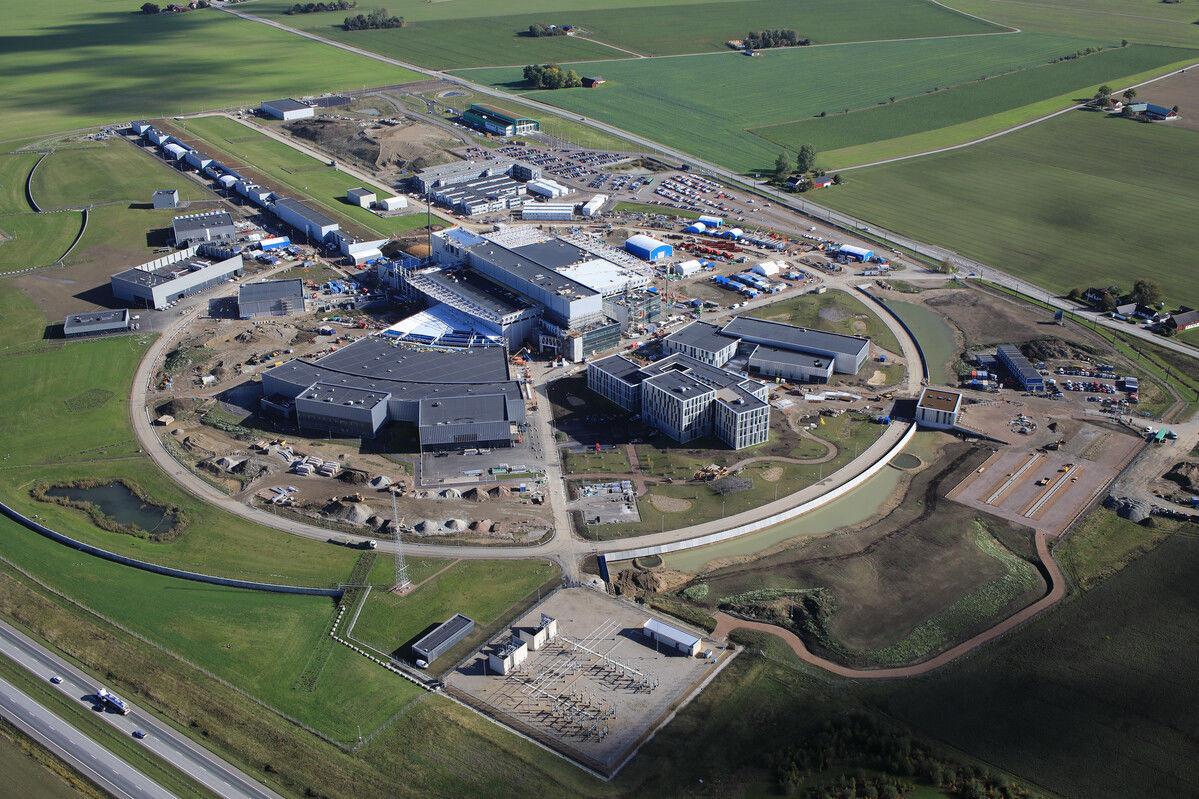
ESS has received the permit for trial operation of the Normal Conducting Linac, from the Swedish Radiation Safety Authority (SSM). This is an important milestone for ESS, marking the go-ahead from SSM for commissioning the warm part of the accelerator – roughly the first 50 metres of the 600-metre-long accelerator.
ESS submitted the permit application for trial operation of the Normal Conducting Linac (NCL) to the licensing authority in July 2019. SSM has since then reviewed the application which, altogether, consisted of several hundred documents. SSM’s assessment shows that ESS fulfils the required conditions for initiating operations in the NCL.
SSM’s licensing of the research facility is a process comprising several stages, and ESS has previously received two permits from the authority; in 2014 - to build the facility in Lund, and in 2017 - for installation of equipment that can generate ionising radiation. Additional permits will later on be required for test operations of the rest of the accelerator, start of neutron production and routine operations, respectively.
The NCL commissioning is planned to start during 2021. A temporary concrete wall will separate the rest of the accelerator from the NCL so that installation works in that part of the tunnel can proceed while trial operations in the warm part takes place.
ESS is not a reactor-based facility but it is still SSM that will grant ESS with a licence to operate. This is similar to ESS’s neighbouring synchrotron X-ray facility, Max IV Laboratory, which was granted a licence to operate in 2016. SSM supervises activities across a vast range of areas from magnetic fields around electricity power lines, or radio waves emitted from electronic devices, to radiation in health, medical and dental services, or research projects conducted in higher education institutions.
























